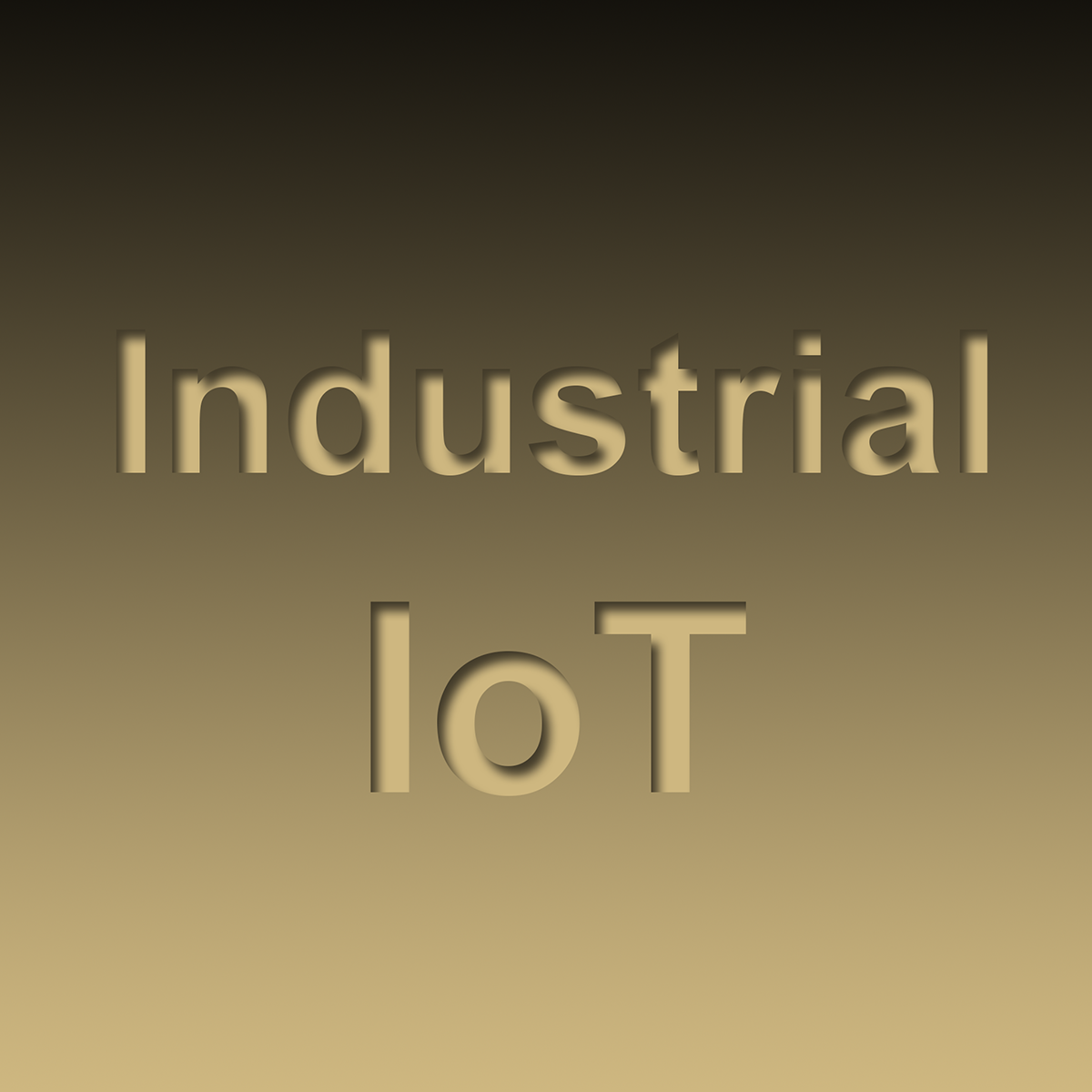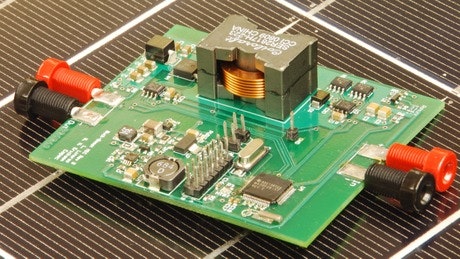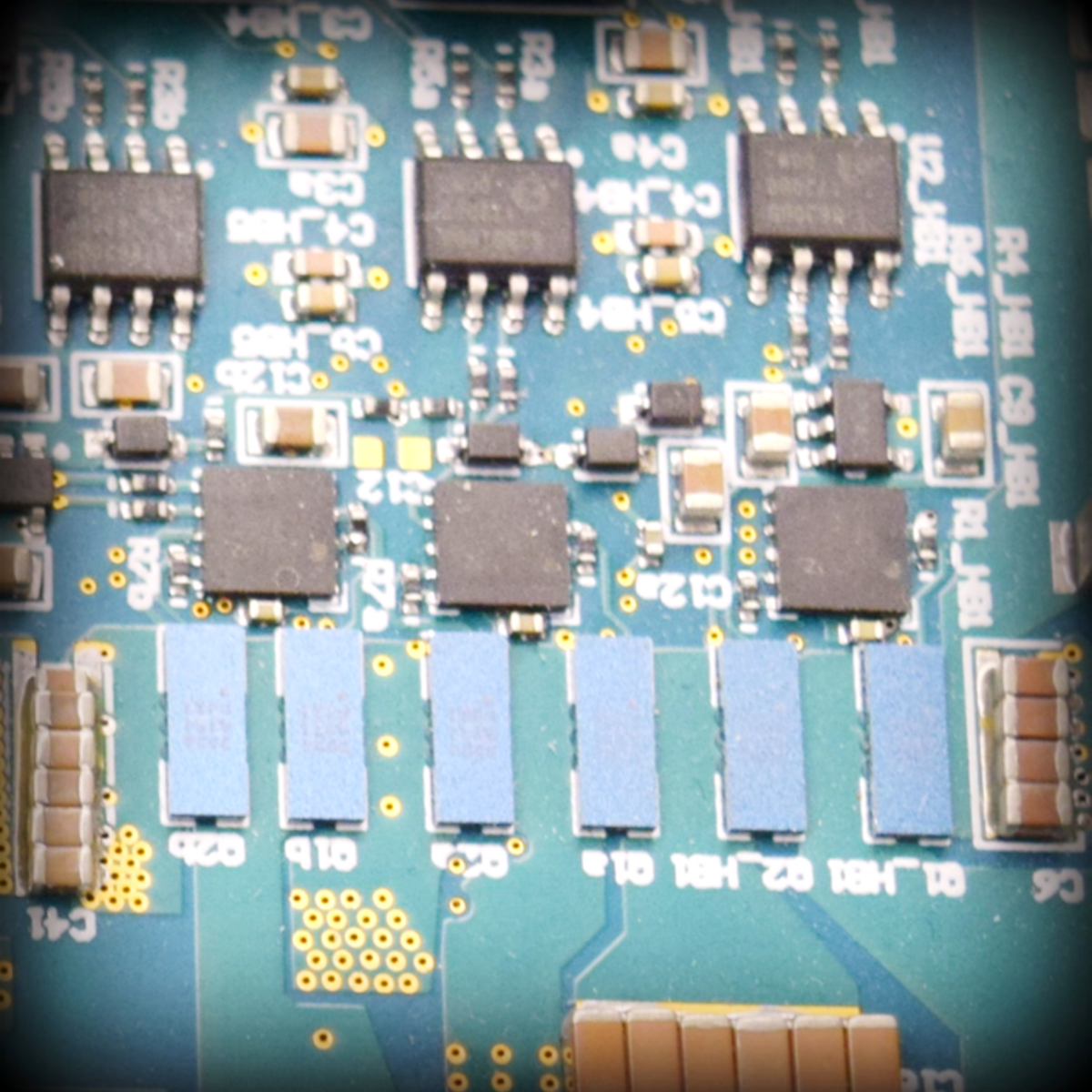Back to Courses









Electrical Engineering Courses - Page 2
Showing results 11-20 of 141

Internet of Things V2: DragonBoard™ bring up and community ecosystem
Do you want to develop skills to prototype embedded products using state-of-the-art technologies? In this course you will build a hardware and software development environment to guide your journey through the Internet of Things specialization courses. We will use the DragonBoard™ 410c single board computer (SBC).
This is the first in a series of courses where you will learn both the theory and get the hands-on development practice needed to prototype Internet of Things products. This course is suitable for a broad range of learners.
This course is for you if:
- You want to learn how to use learn how to use Linux for embedded purposes.
- You want to pivot your career towards the design and development of Internet of Things enabled products
- You are an entrepreneur, innovator or member of a DIY community
Learning Goals:
After completing this course, you will be able to:
1) Know where you can find resources and help in the 96Boards ecosystem.
2) Describe the DragonBoard™ 410c peripherals, I/O expansion capabilities, Compute (CPU and Graphics) capabilities, and Connectivity capabilities.
3) Understand how to navigate and make use of the Linux terminal.
4) Configure at least one integrated development environment (IDE) for developing software.
5) Make use of Git and GitHub for version control purposes.
6) Create and build projects that interface with sensors and actuators through GPIO and Arduino.

Industrial IoT Markets and Security
This course can also be taken for academic credit as ECEA 5385, part of CU Boulder’s Master of Science in Electrical Engineering degree.
Developing tomorrow's industrial infrastructure is a significant challenge. This course goes beyond the hype of consumer IoT to emphasize a much greater space for potential embedded system applications and growth: The Industrial Internet of Things (IIoT), also known as Industry 4.0. Cisco’s CEO stated: “IoT overall is a $19 Trillion market. IIoT is a significant subset including digital oilfield, advanced manufacturing, power grid automation, and smart cities”.
This is part 1 of the specialization. The primary objective of this specialization is to closely examine emerging markets, technology trends, applications and skills required by engineering students, or working engineers, exploring career opportunities in the IIoT space. The structure of the course is intentionally wide and shallow: We will cover many topics, but will not go extremely deep into any one topic area, thereby providing a broad overview of the immense landscape of IIoT. There is one exception: We will study security in some depth as this is the most important topic for all "Internet of Things" product development.
In this course students will learn :
* What Industry 4.0 is and what factors have enabled the IIoT
* Key skills to develop to be employed in the IIoT space
* What platforms are, and also market information on Software and Services
* What the top application areas are (examples include manufacturing and oil & gas)
* What the top operating systems are that are used in IIoT deployments
* About networking and wireless communication protocols used in IIoT deployments
* About computer security; encryption techniques and secure methods for insuring data integrity and authentication

Physics 102 - Electric Potential and DC Circuits
This course serves as an introduction to the physics of electricity and magnetism. Upon completion, learners will have an understanding of how the forces between electric charges are described by fields, and how these fields are related to electrical circuits. They will gain experience in solving physics problems with tools such as graphical analysis, algebra, vector analysis, and calculus. The course follows the typical progression of topics of a first-semester university physics course: charges, electric forces, electric fields potential, magnetic fields, currents, magnetic moments, electromagnetic induction, and circuits. Each module contains reading links to a free textbook, complete video lectures, conceptual quizzes, and a set of homework problems. Once the modules are completed, the course ends with an exam. This comprehensive course series is similar in detail and rigor to what is taught on-campus. It will thoroughly prepare learners for their upcoming introductory physics courses, or more advanced courses in physics.

Solar Energy Codes, Permitting and Zoning
This course equips learners to identify national code and zoning rules specific to photovoltaic (PV) systems, as well as key design elements and points for inspection. Curriculum includes zoning variances, critical elements of the permitting process, planning documents necessary for PV system installation and recommendations for permitting offices to streamline the permit process. Learners gain a code inspector’s perspective in relation to building and electrical code requirements.
This course is for anyone interested in entering the solar power sector, and is especially appropriate for building and code inspectors, engineers, HVAC installers and architects. It assumes that the learner has a basic grasp of electrical engineering and mathematical concepts. Those who are unfamiliar with how PV works, the elements of a PV system, and/or solar power ROI should take the first course of the specialization, Solar Energy Systems Overview. Learners seeking a greater understanding of the anatomy and function of PV systems should take the second course, Solar Energy and Electrical System Design.
Material includes online lectures, videos, demos, hands-on exercises, project work, readings and discussions. This is the third course in the Solar PV for Engineers, Architects and Code Inspectors specialization. To learn more about the specialization, check out a video overview at https://youtu.be/XjkKzbXqA6s.

Converter Control
This course can also be taken for academic credit as ECEA 5702, part of CU Boulder’s Master of Science in Electrical Engineering degree.
This course teaches how to design a feedback system to control a switching converter. The equivalent circuit models derived in the previous courses are extended to model small-signal ac variations. These models are then solved, to find the important transfer functions of the converter and its regulator system. Finally, the feedback loop is modeled, analyzed, and designed to meet requirements such as output regulation, bandwidth and transient response, and rejection of disturbances.
Upon completion of this course, you will be able to design and analyze the feedback systems of switching regulators.
This course assumes prior completion of courses Introduction to Power Electronics and Converter Circuits.

Matrix Algebra for Engineers
This course is all about matrices, and concisely covers the linear algebra that an engineer should know. The mathematics in this course is presented at the level of an advanced high school student, but typically students should take this course after completing a university-level single variable calculus course. There are no derivatives or integrals in this course, but students are expected to have attained a sufficient level of mathematical maturity. Nevertheless, anyone who wants to learn the basics of matrix algebra is welcome to join.
The course contains 38 short lecture videos, with a few problems to solve after each lecture. And after each substantial topic, there is a short practice quiz. Solutions to the problems and practice quizzes can be found in instructor-provided lecture notes. There are a total of four weeks in the course, and at the end of each week there is an assessed quiz.
Download the lecture notes:
http://www.math.ust.hk/~machas/matrix-algebra-for-engineers.pdf
Watch the promotional video:
https://youtu.be/IZcyZHomFQc

Diode - pn Junction and Metal Semiconductor Contact
This course can also be taken for academic credit as ECEA 5631, part of CU Boulder’s Master of Science in Electrical Engineering degree.
This course presents in-depth discussion and analysis of pn junction and metal-semiconductor contacts including equilibrium behavior, current and capacitance responses under bias, breakdown, non-rectifying behavior, and surface effect. You'll work through sophisticated analysis and application to electronic devices.
At the end of this course learners will be able to:
1. Analyze pn junction at equilibrium and under bias, capacitance and current characteristics, and breakdown behavior
2. Analyze metal-semiconductor contact at equilibrium and under bias, capacitance and current characteristics, non-rectifying contact and surface effects

Internet of Things V2: Setting up and Using Cloud Services
Have you wondered what exactly AWS is and why is it important? Do you want to make informed design decisions about which services to use? Do you want to gain expertise to leverage the cloud for your own projects?
In this course, you will learn to interface with the AWS cloud. You will then develop software to send data to and receive data from the cloud. Along the way, you’ll learn how to structure your project with a variety of these difference services.
Learning Goals:
After completing this course, you will be able to:
1) Understand what the cloud is and how it works.
2) Install and configure the AWS CLI and SDK on a Linux system.
3) Use various AWS services such as EC2, IoT, and many more.
4) Build projects that heavily leverage the cloud.
5) Integrate the cloud into embedded systems.

Electrodynamics: An Introduction
The depth and breadth of electromagnetism, the foundation for many fields including materials science, electrical engineering, and physical chemistry, requires a long, steep, and steady learning curve. This course aims to bridge the gap between the fundamental principles taught in electromagnetism and its practical application to specific fields such as materials, physics, and chemistry related to energy storage and harvesting.
The goal of Electrodynamics: An Introduction is to not only teach electromagnetism but also introduce some mathematical tools which can be used to solve problems in the subject. Within these lecture notes, we review vector calculus and explain how to use fields to visualize the topics we cover. This course is dynamic, as the lectures continuously build on previous notes and a variety of explanations are presented for each solution. Since this is a lower level course, we will focus on the simple concept of electrostatics. This has applications in exploring intermolecular forces, and qualities of capacitors. Through this, we relate electromagnetism to more conventionally studied topics and its application to specific research topics related to energy storage and harvesting.

Input Filter Design
This course can also be taken for academic credit as ECEA 5707, part of CU Boulder’s Master of Science in Electrical Engineering degree.
This is Course #3 in the Modeling and Control of Power Electronics course sequence. After completion of this course, you will gain an understanding of issues related to electromagnetic interference (EMI) and electromagnetic compatibility (EMC), the need for input filters and the effects input filters may have on converter responses. You will be able to design properly damped single and multi-section filters to meet the conducted EMI attenuation requirements without compromising frequency responses or stability of closed-loop controlled power converters.
We strongly recommend students complete the CU Boulder Power Electronics specialization as well as Courses #1 (Averaged-Switch Modeling and Simulation) and #2 (Techniques of Design-Oriented Analysis) before enrolling in this course (the course numbers provided below are for students in the CU Boulder's MS-EE program):
● Introduction to Power Electronics (ECEA 5700)
● Converter Circuits (ECEA 5701)
● Converter Control (ECEA 5702)
● Averaged-Switch Modeling and Simulation (ECEA 5705)
● Techniques of Design-Oriented Analysis (ECEA 5706)
After completing this course, you will be able to:
● Understand conducted electromagnetic interference (EMI) and the need for input filter
● Understand input filter design principles based on attenuation requirements and impedance interactions.
● Design properly damped single-stage input filters.
● Design properly damped multi-stage input filters.
● Use computer-aided tools and simulations to verify input filter design
Popular Internships and Jobs by Categories
Find Jobs & Internships
Browse
© 2024 BoostGrad | All rights reserved